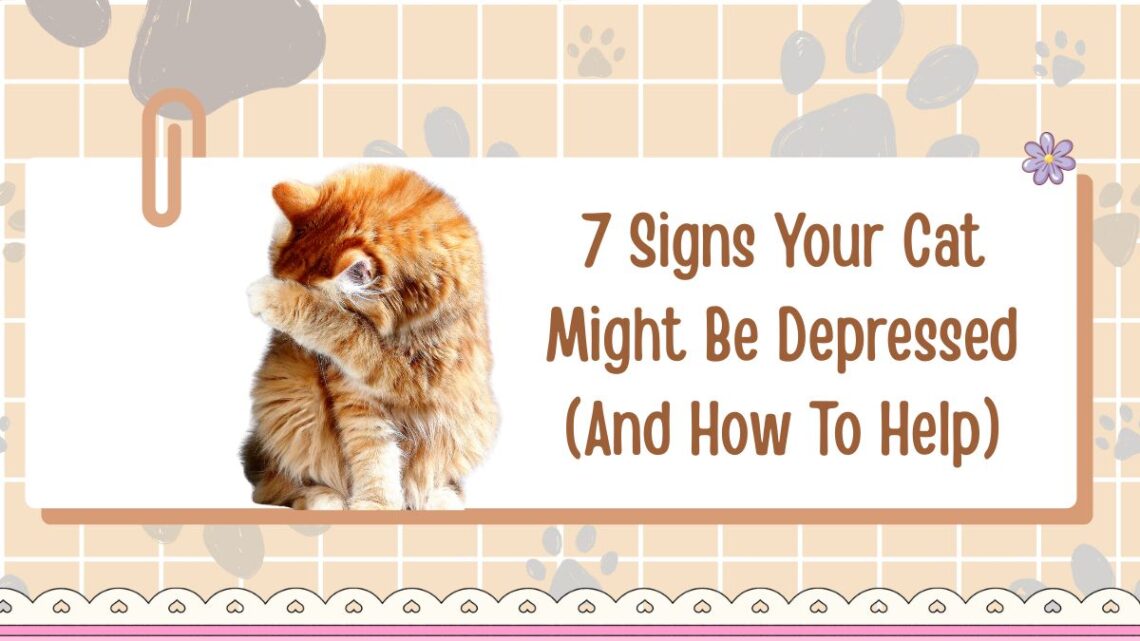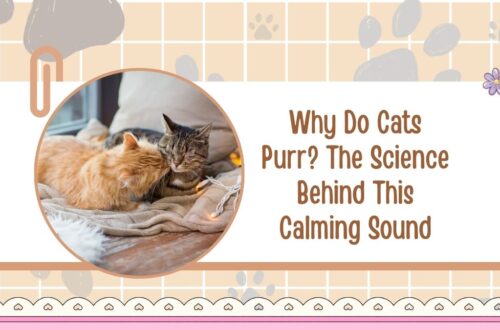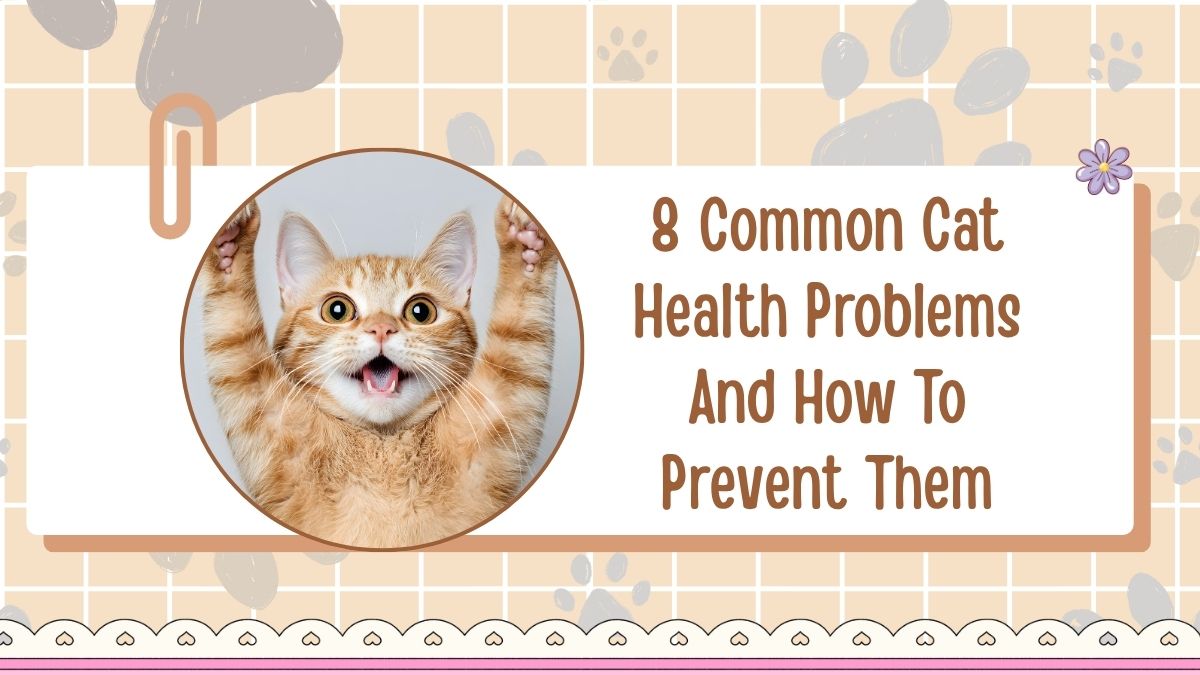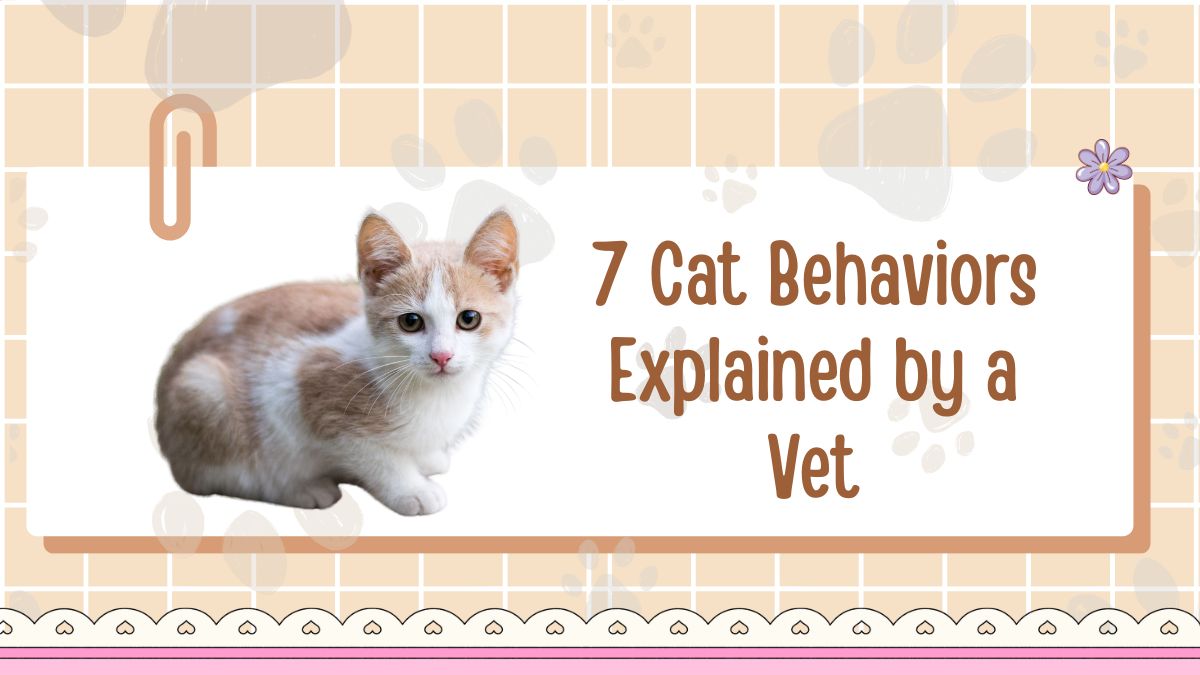It may be hard to imagine, but cats can experience forms of low mood and emotional distress that resemble what we think of as depression.
While it’s not identical to human clinical depression, veterinarians acknowledge cats can suffer from reduced appetite, withdrawal, altered sleep patterns and behaviour changes.
Recognising the signs your cat might be depressed is vital — because untreated emotional distress can lead to physical illness, behavioural problems, and a diminished quality of life.
Recent surveys show that veterinary behaviour specialists increasingly see cases where cats present with unusual lethargy, poor grooming or litter-box avoidance — and after medical problems are ruled out, emotional factors often play a large role.
What Causes Depression in Cats?
Before jumping to conclusions, it’s important to understand the underlying triggers. Many cats showing signs of “depression” actually have a medical condition (such as dental pain, arthritis or thyroid disease) or are responding to an environmental change. Common causes include:
- Loss or absence of companion(s) (human or pet)
- Major environmental change: moving house, new baby or new pet
- Chronic pain or illness
- Lack of mental or physical stimulation (especially for indoor cats)
- Prolonged stress or negative events (long confinement, loud household, construction noise)
- Age-related changes like cognitive dysfunction
Addressing the root cause is the first step in helping the cat improve — and distinguishing medical vs. emotional is crucial.
7 Major Signs Your Cat Might Be Depressed
Below is a table summarizing the common behavioural and physical signs of feline emotional disorder:
| # | Sign | What to Watch For | Why It Matters |
|---|---|---|---|
| 1 | Loss of appetite / weight loss | Skip meals, ignore favourite treats, lose weight without other illness | Appetite loss may indicate emotional distress or underlying disease |
| 2 | Withdrawn behaviour or hiding | Spends more time under furniture, low interest in people/pets | Social withdrawal is a key emotional indicator |
| 3 | Reduced play / activity level | Previously active cat stops chasing toys or exploring | Lack of play is a warning of depressed mood |
| 4 | Changes in grooming / coat condition | Fur appears dull, mats, less self-grooming | Poor grooming often signals diminished mental wellbeing |
| 5 | Altered sleep patterns | Sleeping much more than usual (20+ hours) or restless nights | Major sleep changes often occur with emotional upset |
| 6 | Excessive vocalisation or silence | Loud meowing, yowling, or unusually quiet cat | Indicates stress or attempt to communicate internal distress |
| 7 | Litter box or elimination changes | Urination/defecation outside box, less use of litter box | Behaviour changes like this often point to emotional or medical issues |
1. Loss of Appetite / Weight Loss
A cat refusing food or suddenly losing weight is a major concern. Emotional distress can reduce appetite, but it may also be a sign of kidney disease, hyperthyroidism or dental pain. If you see a drop in eating lasting more than 24–48 hours, schedule a vet check-up.
2. Withdrawn Behaviour or Hiding
Cats may retreat to hidden spots when they feel insecure or stressed. If your once sociable cat becomes elusive, avoids interaction or hides for long hours, it could be a sign of emotional downturn.
3. Reduced Play / Activity Level
Cats naturally engage in exploratory or predatory play. A decline in these behaviours might suggest fatigue, pain or sadness. Offering interactive toys, puzzle feeders and new stimulation can help.
4. Changes in Grooming / Coat Condition
Grooming is not only hygiene but comfort and routine for cats. A neglected coat—mats, oily fur, bald patches—can point to emotional distress or physical discomfort affecting their mood.
5. Altered Sleep Patterns
While cats sleep a lot (12–16 hours a day), a depressed cat may sleep even more or show disrupted sleep, e.g., wandering restlessly at night. Since changes in sleep often correlate with mood swings, this is a red flag.
6. Excessive Vocalisation or Silence
Increased meowing/yowling may reflect anxiety or a need for attention. Conversely, a normally vocal cat becoming silent may also indicate emotional withdrawal. Listen to changes in tone, frequency and context.
7. Litter Box or Elimination Changes
Using the litter box less often or eliminating elsewhere can stem from stress, insecurity or even feline cognitive changes. Because this overlaps with medical signs (urinary tract disease, arthritis), it must be evaluated by a vet.
Recognising the Overlap: Emotional vs. Medical Causes
One of the complexities of identifying cat depression is that signs overlap heavily with medical issues. That’s why veterinarians emphasise rule out physical illness first.
Conditions such as dental disease, kidney issues, arthritis, hormonal abnormalities and sensory loss can all lead cats to act “depressed.”
When the medical exam is clear and no physical cause is found, and the behaviour persists, emotional factors are more likely. In such situations, the vet may recommend environmental changes, diet adjustments, enrichment or even behavioural therapy.
How to Help Your Cat: Strategies That Work
A. Improve Their Environment
- Introduce vertical spaces (cat shelves, towers) so they can feel secure and explore.
- Maintain daily routines: regular feeding, playtime and cuddles provide stability.
- Add safe hiding spots: comfy boxes, high perches or quiet corner beds.
- Reduce stressors: avoid abrupt changes, loud noise or overcrowded spaces.
B. Offer Mental & Physical Stimulation
- Engage in interactive play (wand toys, lasers) at least 10 minutes twice a day.
- Use puzzle feeders or hide treats to stimulate hunting instinct.
- Rotate toys every few days to keep interest.
- Encourage exploration: cat-safe window views, bird feeders outside, cat trees.
C. Reinforce Social Connection
- Spend quiet time with your cat: gentle strokes, low-key conversations, and lap time if they enjoy it.
- Respect their pace: don’t force interactions but remain present and consistent.
- Consider a cat companion if your household routine leaves your cat alone many hours — but introduce carefully.
D. Nourishment & Health-Supportive Diet
- Ensure a high-quality, balanced diet appropriate for age, size and health.
- Add wet food if your cat is eating less, to increase hydration and palatability.
- Some vets recommend mood-supportive supplements (omega-3, certain probiotics) but always consult first.
E. Vet Support & Behavioural Help
- If emotional distress continues, ask your vet about referral to a veterinary behaviourist.
- In some cases, anti-anxiety medications or pheromone diffusers may be recommended.
- Follow-up regularly: monitor behaviour, appetite, interaction and coat condition.
Summary of Signs & Actions
| Sign No. | Sign | Immediate Action | Long-Term Support |
|---|---|---|---|
| 1 | Loss of appetite / weight loss | Vet exam within 24-48 hours | High-palatability meals, gradual re-introduction |
| 2 | Hiding / withdrawal | Remove stressors, assure quiet space | Routine focus, vertical perches, safe retreats |
| 3 | Reduced play / activity | Introduce gentle interactive play | Puzzle toys, rotation, scheduled sessions |
| 4 | Poor grooming / coat issues | Check for skin/pain issues | Grooming assistance, comfortable bedding |
| 5 | Altered sleep patterns | Provide cozy sleep zones, avoid night noise | Scheduled evening play, consistent bedtime routine |
| 6 | Vocalisation changes | Rule out pain, offer gentle attention | Use interactive enrichment, calm interaction |
| 7 | Litter box changes | Rule out urinary/intestinal disease | Provide multiple boxes, clean environment, litter type checks |
How Common Is Depression-Like Behaviour in Cats?
Precise prevalence figures are limited, but veterinary behaviourists estimate a significant proportion of indoor cats show at least one sign of emotional distress each year.
One recent behavioural survey noted that over 30 % of indoor cats showed decreased grooming or play behaviour after a major environmental change (like moving house or introduction of a new pet).
Another review found that up to 25 % of cats over 10 years old display signs consistent with feline cognitive dysfunction, which may overlap with depression-like symptoms.
These numbers suggest that emotional wellbeing in cats is an under-recognized issue, and early awareness by owners and vets is vital for quality of life.
Why Undiagnosed Depression in Cats Is Risky
Left unchecked, emotional issues can lead to:
- Appetite suppression → fatty-liver syndrome in overweight indoor cats
- Chronic stress → suppressed immunity and increased risk of illness
- Behaviour problems → aggression, inappropriate elimination, vocalisation
- Reduced lifespan – cats with persistent poor mood or stress respond less well to treatment and may face earlier onset of illness
That’s why addressing both emotional and physical health is essential — your cat’s mood matters as much as its diet or vaccination plan.
Your cat’s emotional wellbeing is just as important as its physical health. By spotting the 7 signs your cat might be depressed — from appetite loss and social withdrawal to altered grooming and elimination habits — you can take timely action to help.
Begin by consulting your vet to rule out illness. Then focus on enhancing their environment, reinforcing routine, offering meaningful play and interaction, and ensuring excellent nutrition.
With love, attention and smart support, you can transform your cat’s mood, boost their quality of life and strengthen your bond. After all, a happy cat is more than a purring companion — it’s a partner in a peaceful, joyful home.
FAQs
Cats don’t experience depression in exactly the way humans do (there is no formal feline “depression” diagnosis), but they can show sustained emotional distress with behaviour changes similar to depression.
Recovery depends on the cause. If medical issues are treated and environmental changes made, some cats improve within 2-4 weeks. For deeper emotional issues, it may take several months and professional support.
Medication may be an option but only after your vet rules out physical illness and environmental stressors. Behavioural therapy, enrichment and routine changes are usually first-line. Meds are considered when those alone aren’t enough.






